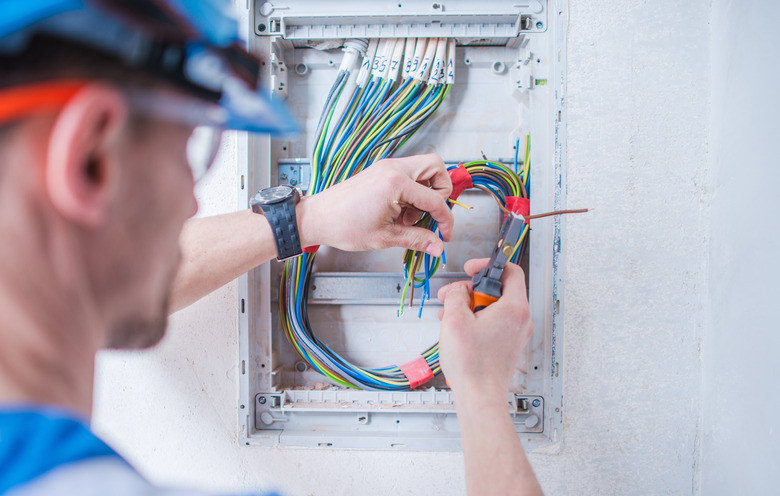How To Convert Three-Phase To A Single-Phase
If you are hoping to alter the possible load on your electrical structure, you may be considering switching from a 3-phase to a single-phase system. These terms refer to how many live wires are included in the circuit. For safety reasons, it's essential that you only undertake electrical work if you fully understand what you are doing and follow a series of best practices.
What Is Single-Phase Power?
What Is Single-Phase Power?
If you are hoping to convert your wiring, you should have a good understanding of what single-phase power is before getting started. Essentially, single-phase power can be thought of as a bicycle on which the rider is only pushing with one leg to rotate a pedal around a crankshaft axis. Single-phase power runs on a two-wire alternating current circuit. This is the most common type of wiring used in residences, with one live wire and one neutral wire. Electricity flows between the live and neutral wires. In the United States, the typical voltage for a single-phase setup is 120 volts.
What Is 3-Phase Power?
What Is 3-Phase Power?
Unlike single-phase power, 3-phase electric power relies on three wires. To better understand this setup, you can consider it as an engine with three compartments and three pistons rotating around a crankshaft axis. Most commercial buildings use 3-phase power, which uses four wires – three live and one neutral – in an alternating current circuit. Low-power loads in this setup can rely on 120-volt wires as in a single-phase power structure. However, for higher loads, you may require voltage in the range of 208 for safety.
Converting 3-Phase to Single-Phase Power
Converting 3-Phase to Single-Phase Power
Before beginning any electrical work, read carefully through a series of detailed instructions. Ensure that you understand them all before starting. Inform other family members or those present of the sort of work you will be doing, and ask that they refrain from turning on any circuit breakers or switches until you've finished.
Next, turn off the main breaker. Be sure that there is no power flowing to any of the wires you will be working with. Wearing rubber high-voltage gloves and using rubber-handled tools is also critical.
To convert 3-phase to single-phase power, you can use a phase converter. This device can be wired to the motor you plan to run that requires single-phase power. Note that this will impact only the device wired to it, not an entire outlet because it is not hardwired into your electrical system.
Run two wires from the motor to the converter. Then, run two wires from the converter to the power supply. With the ends of the wires stripped, connect the inputs to the outputs. Be sure to run a grounding wire from the power supply to the grounding screw of the converter, as well as to run another wire from the converter to the grounding screw of the motor. You can use a voltmeter to use the voltage of the wires. If you are unsure about any step of the process, you should request assistance from a professional.
